If you think about it, there’s a pretty visible gap between physical toys and digital toys. By physical toys, I mean games like blocks, LEGO, stuffed animals, puzzles, etc… and by digital toys, I obviously mean apps. Physical toys aim at teaching kids practical skills and motor abilities, as do digital toys, but not many toys teach children about how the physical world and digital world are connected. A toddler doesn’t know that their RC car or talking teddy bear or even the iPad they play games on, is powered by a battery. That batteries store energy that can be converted. Or that all the tech around them is just the journey of energy, from electrical to chemical, to light, sound, and data. Sure, those are complex things for a toddler to understand, but the Joul aims at helping kids be more cognizant of how the world around them works… and it does it by bridging the physical and technological toy gap.
Joul, named cleverly after the unit of energy, is a set of modular, magnetic blocks that help kids understand how energy powers their world. Comprising three types of blocks – generators, batteries, and output blocks, Joul allows kids to experiment with forms of energy and learn how it can be harnessed from different sources, stored, and used. The generator blocks help transfer mechanical, wind, and solar energy into electrical energy that gets stored in the battery blocks. The battery blocks then connect to output modules like a light or a speaker, while an optional switch module allows you to literally create a basic circuit, helping kids grasp how energy flows, and how it constantly needs to be generated because it isn’t infinite. An optional iPad app helps kids comprehend this concept further, gaining a fundamental understanding of the world of energy, and how it powers the world we live in!
The Joul is a winner of the iF Design Talent Award for the year 2020
Designers: Anna Hing, Fabian Böttcher, Soh Heum Hwang
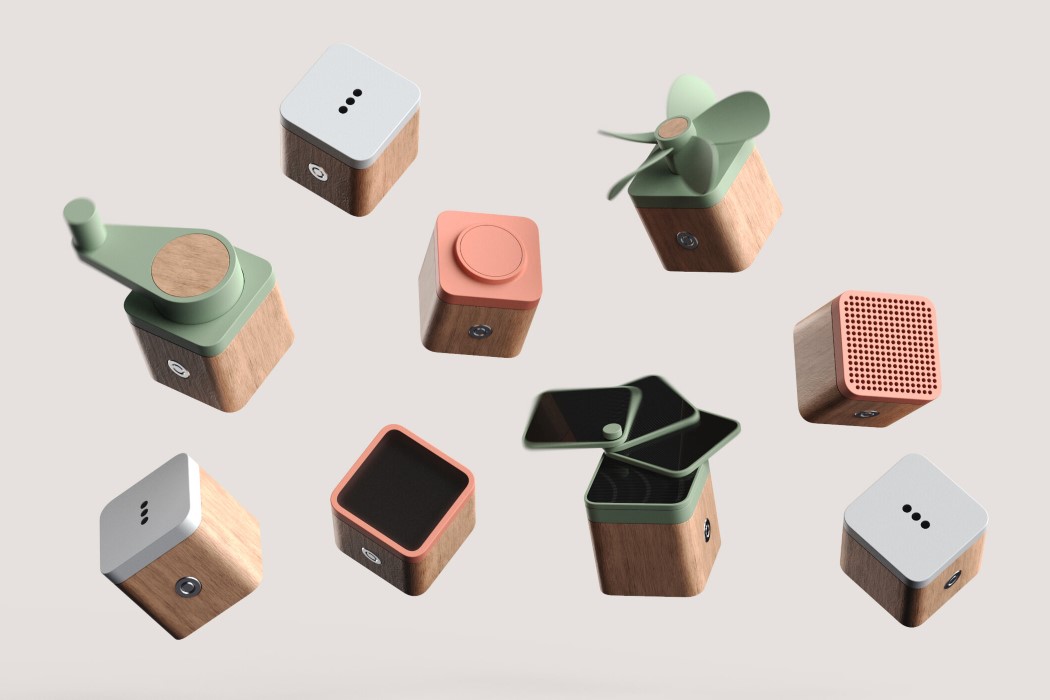
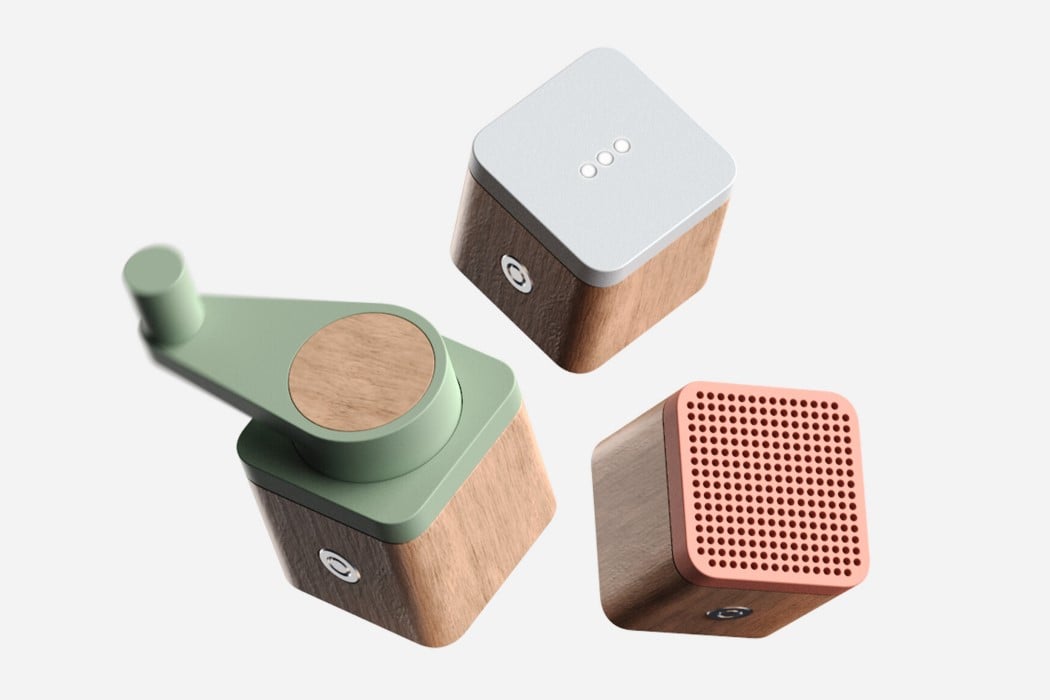
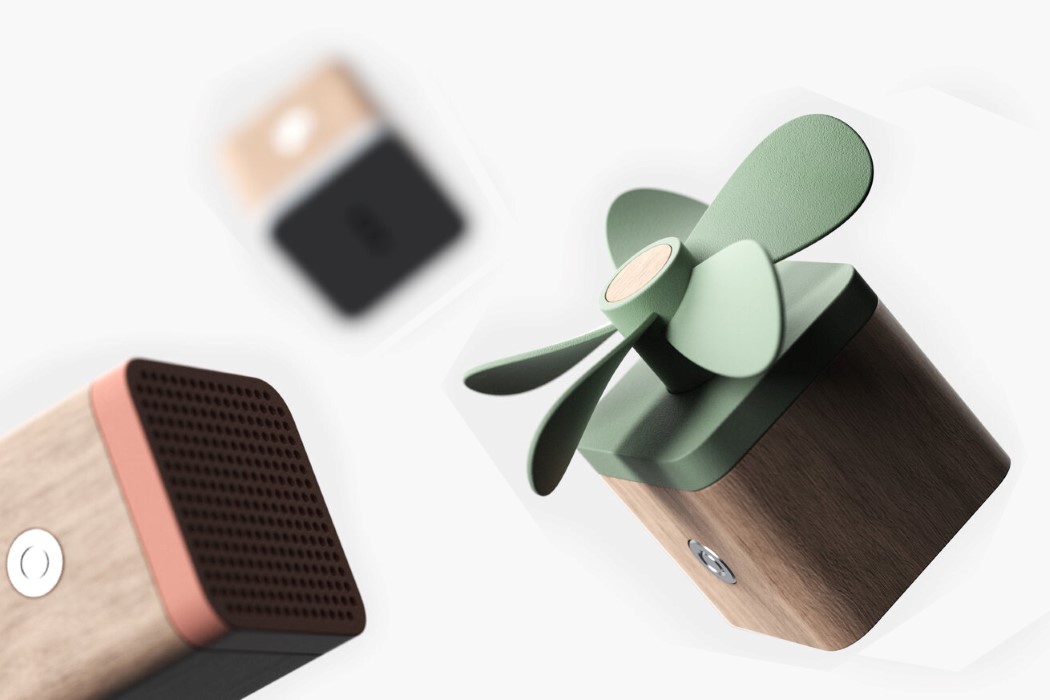

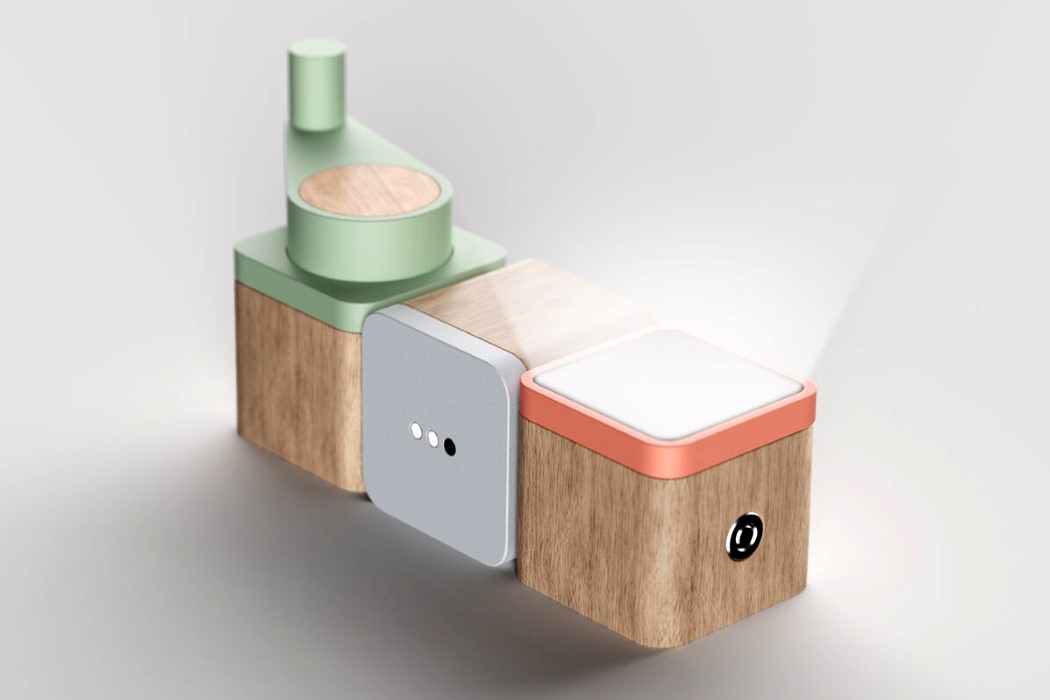
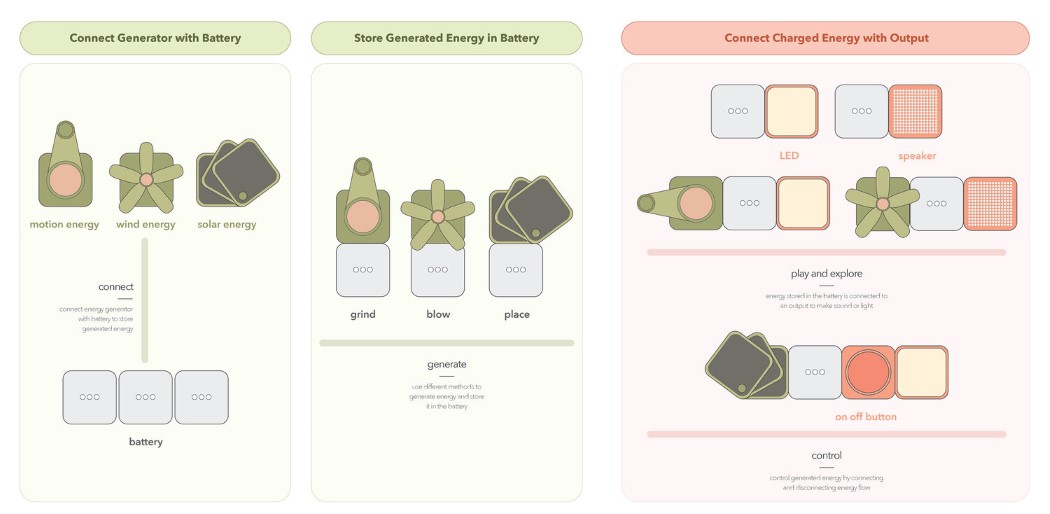
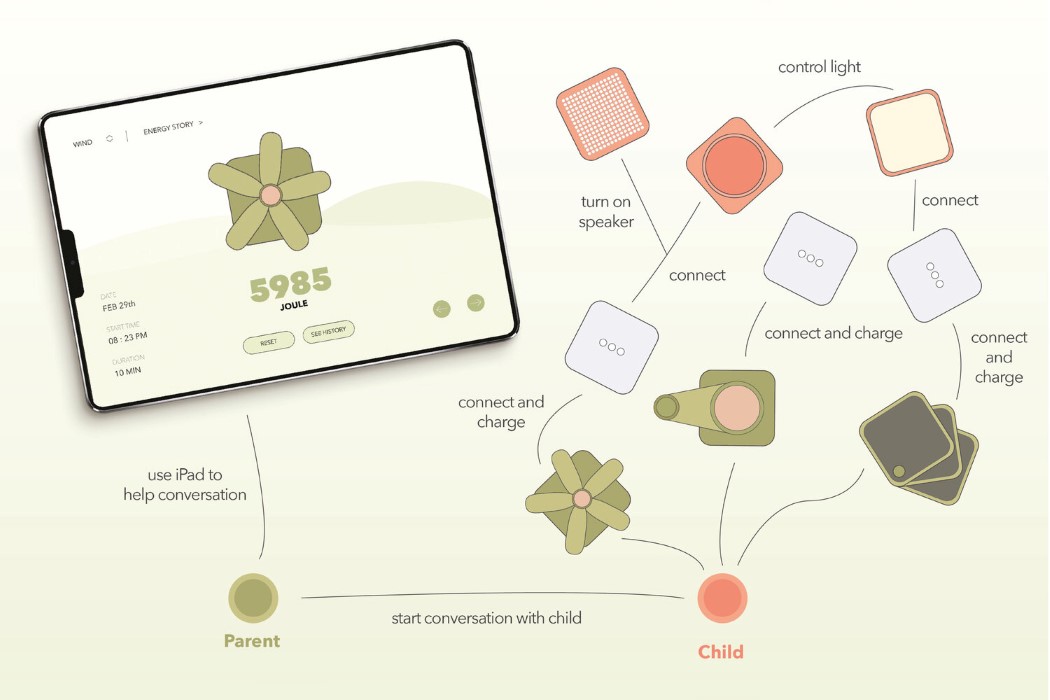
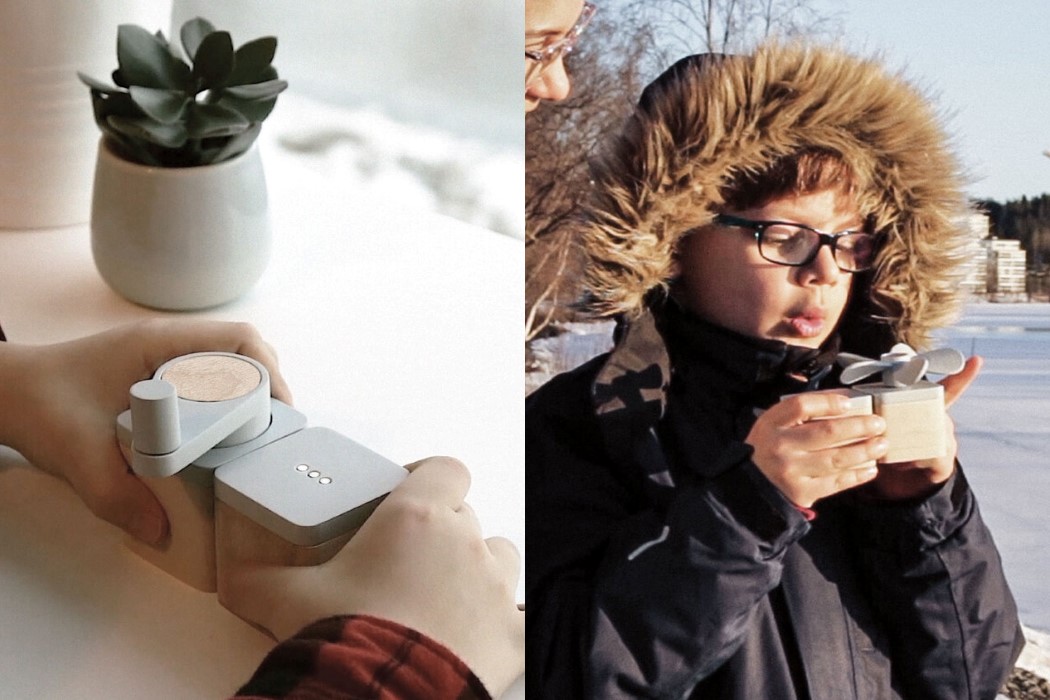
via https://ift.tt/2nqSsIm
Post a Comment
Note: Only a member of this blog may post a comment.